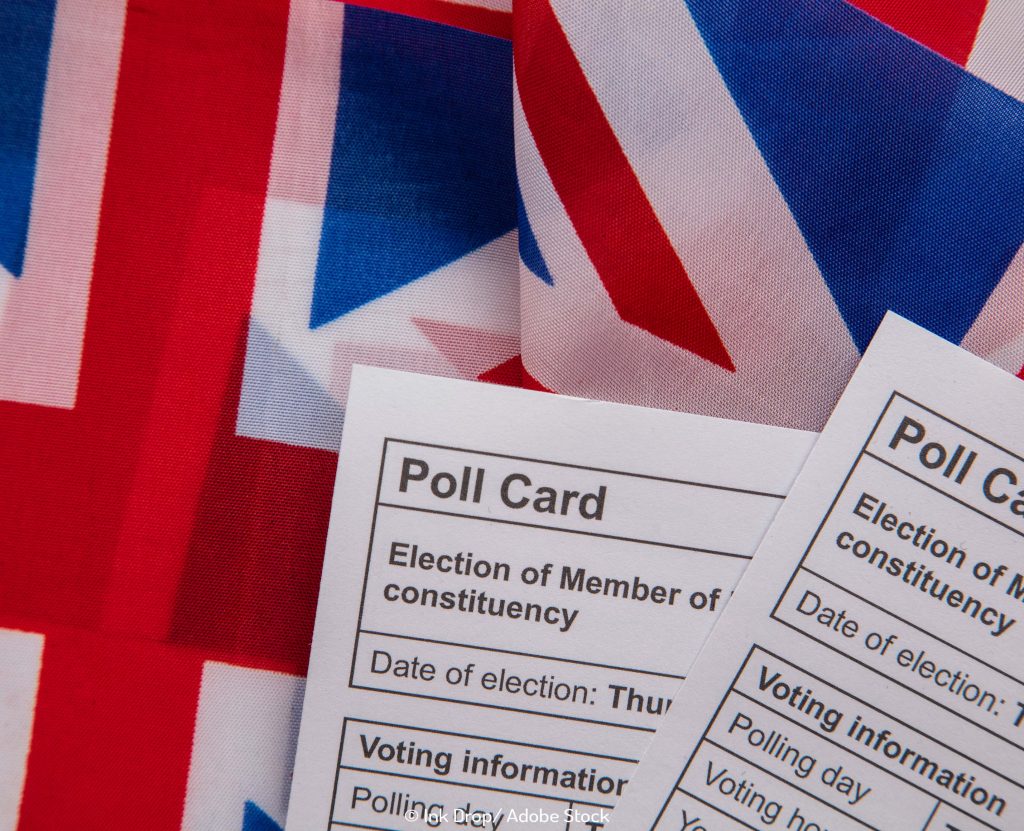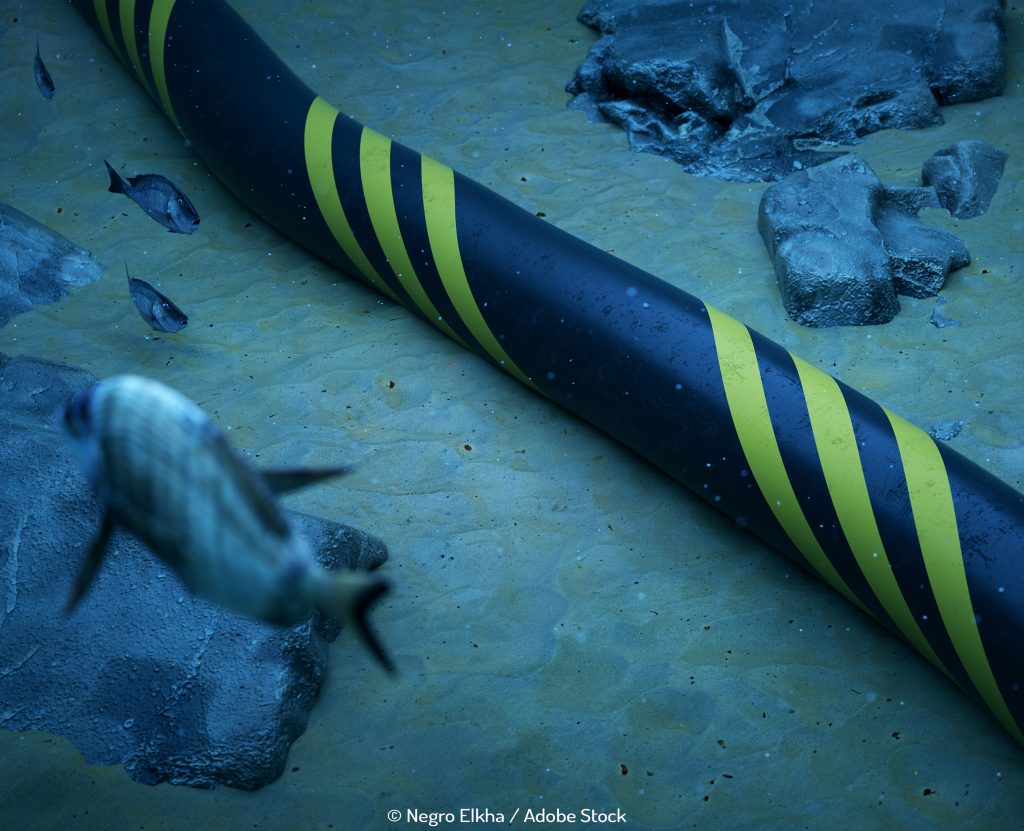‘’Iran’s return won’t impact oil price as much as shale’’
Break open the flatbread: our Iranian feast – and intrigue – continues.
Since announcing the historic deal on Tuesday last week, speculation has abounded about the impact of Bijan Zanganeh’s ambitions to see his country return to pre-sanction production levels.
How OPEC will deal with that is one of the trickiest and fascinating questions facing most of our industry but not the Russian Energy Minister. He is unperturbed. “I don’t think there will be any great influence,” Aleksandr Novak told journalists. “The market has assessed and absorbed all of Iran’s comeback to the oil market long ago.”
You might wonder why Russia is being so bullish over the threat of Iranian oil. After all it has 30m barrels of crude just sitting in storage. Consider if it would be in Russia’s interests to issue global warnings about an enhanced glut at a time when OPEC (supported by Moscow) are ramping up production in a bid to demolish the US shale drilling industry. Currently Russia and Saudi are producing more than 21 million barrels per day of oil – that’s a fifth of the world’s total. Russia hit a record high in May of over 10m barrels per day.
So in a word, no. Instead of suggesting OPEC reduce production (and potentially bring to an end the rumoured OPEC/non-OPEC pact made in November), Novak says it is shale oil that will determine global prices. The implied threat is it’ll be behind a further drop. And the obvious course of action for those opposed to the shale revolution is continued swamping of the market.
Since OPEC decided not to reduce production but continue at full throttle, there have been sweeping cuts in rigs and production across the States as the oil price sank last year. – Novak quoted figures of 650, down from 1600. The US drillers are currently getting between $50 – $65 per barrel, down around $20, and that margin doesn’t leave much of a space for profit.
However if oil prices go up even slightly so too will oil rigs. Even more worryingly for OPEC, in just a short time extraction technology has improved hugely – take what’s happened in southern Texas with Statoil. It reduced rigs from two to three in 2014 but is enjoying an increase in production of a third while at the same time saving a $1m.
Not only are the Russians keen to protect the existing output levels, they’re also looking out for their planned investments in Iran. Novak said, “Now we can discuss the prospects of the development, taking into account that the intergovernmental commission will be held in autumn. We are going to come with these proposals, Iran, I think, will too.”
Novak is meeting with Abdullah al-Badri on July 30th in Moscow to discuss the “situation on the market on the whole.” If you were considering a bet on the likely outcome, we’d say it’s safe that those with rubles in their pockets will be encouraging more of the same.


